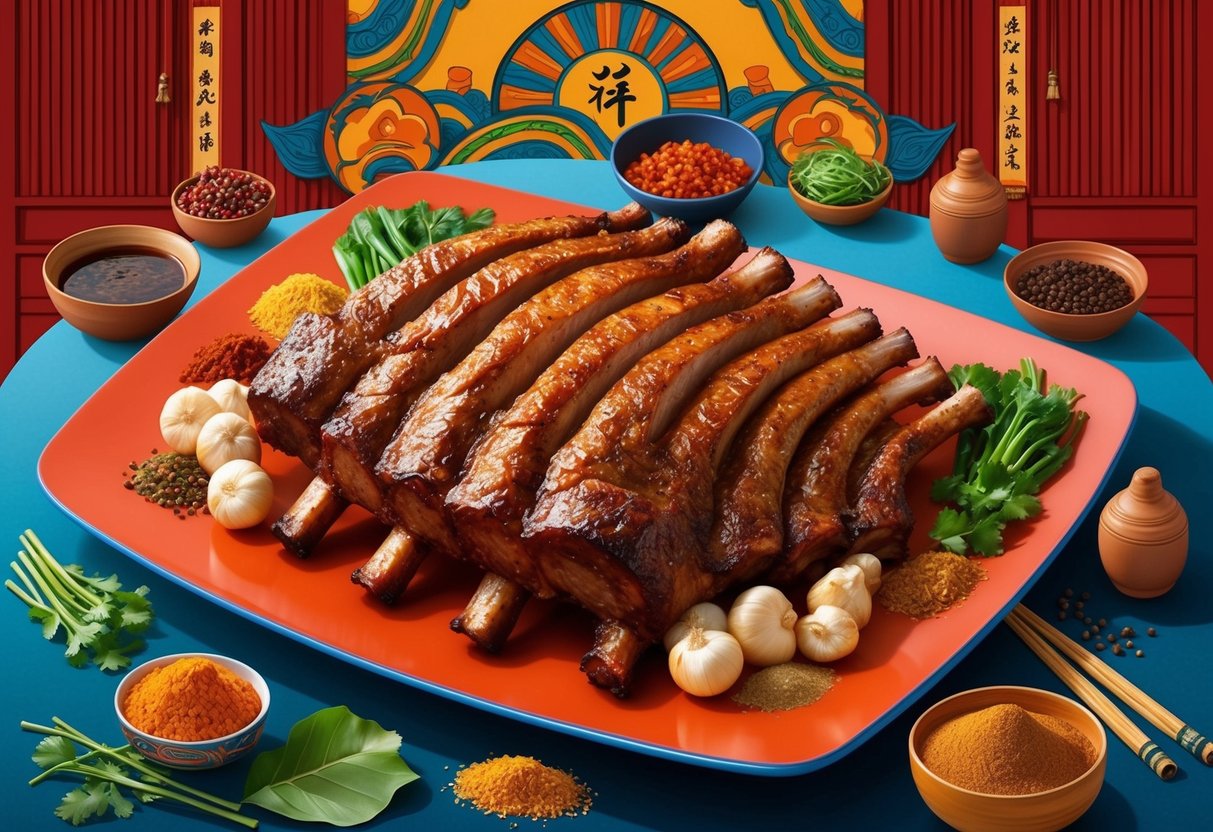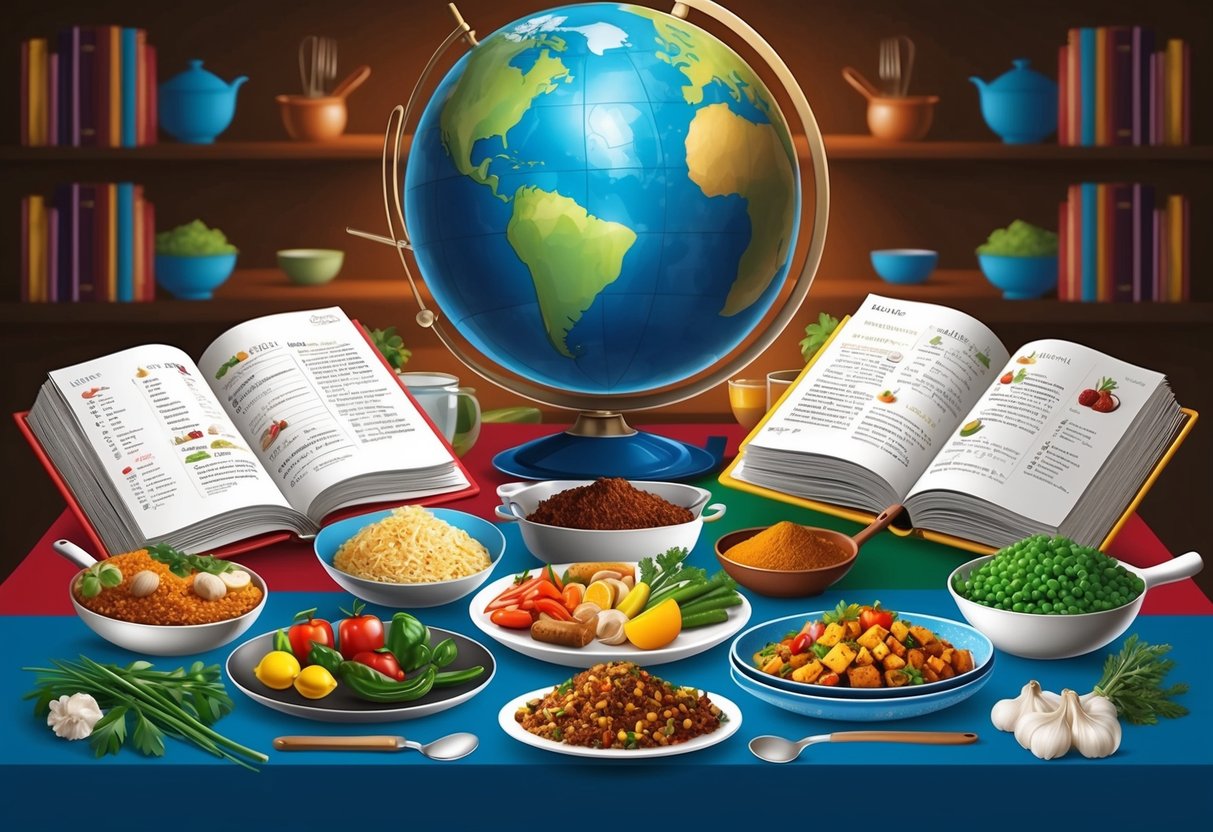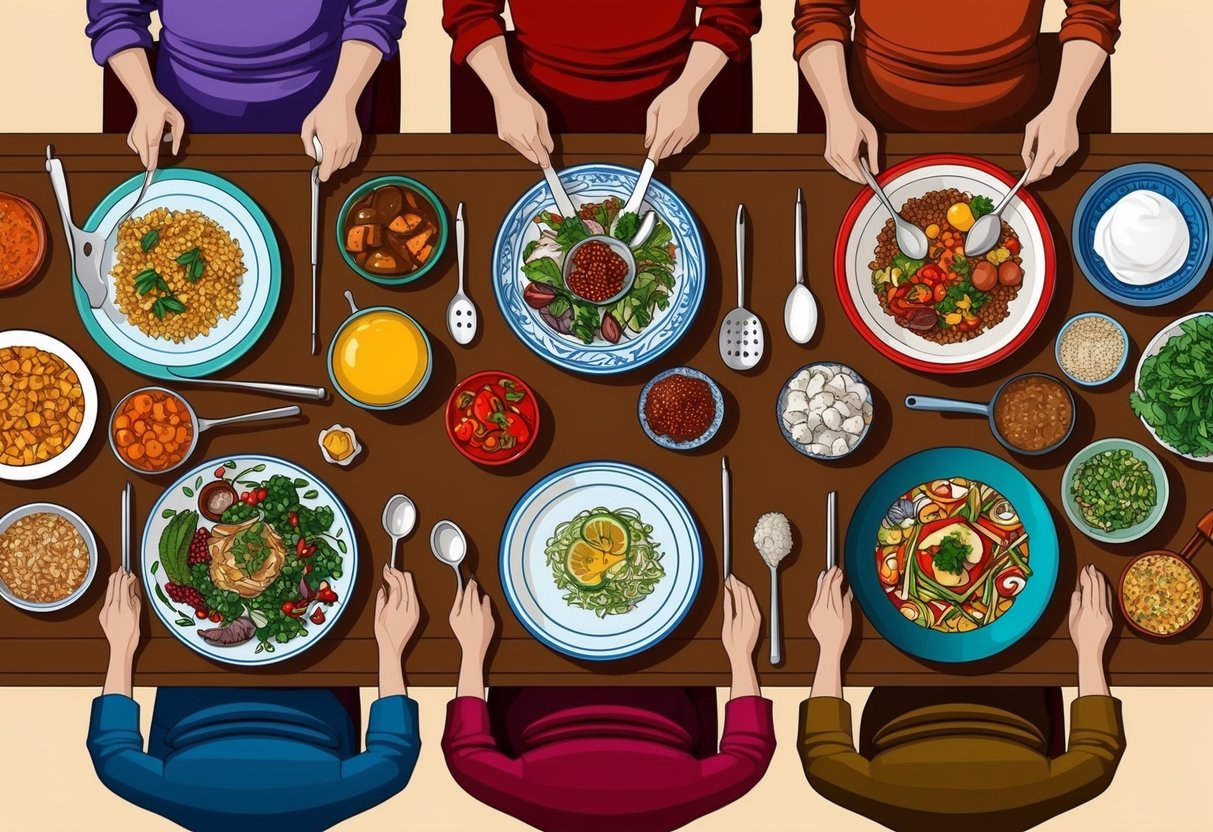
Tips for Home Cooks to Recreate Authentic Dishes

Recreating international recipes at home often comes down to the right ingredients and choosing practical cooking strategies. With some careful planning and a few reliable techniques, home cooks can bring global flavors into their kitchens without unnecessary hassle or expense.
Ingredient Sourcing Tips
Fresh and authentic ingredients are essential for achieving real flavor in dishes from different cultures. Many specialty items can be found at local ethnic grocery stores, international sections in supermarkets, or online marketplaces.
For spices, dried herbs, or unique sauces, shopping online expands access to harder-to-find products. A helpful approach is to create an ingredient checklist before shopping.
This ensures nothing is forgotten and helps spot substitutes if an item is unavailable. For example, kefir can sometimes replace yogurt in some Middle Eastern recipes, and coconut cream may be substituted for coconut milk in certain Thai curries.
Talking to shopkeepers at international markets can also uncover fresh product recommendations and authentic brands. When possible, opt for the freshest produce and whole spices, as these deliver the most vibrant taste.
Proper storage—like keeping spices in cool, airtight containers—maintains their quality longer.
Time-Saving Cooking Methods
Efficient cooking doesn’t have to mean sacrificing authenticity or taste. Many traditional recipes can be adapted for busy weeknights by using tools such as pressure cookers or slow cookers, which tenderize meats and develop flavors quickly.
Meal prepping is useful for dishes that require time-consuming steps, such as soaking beans for Indian dal or marinating meats for Korean barbecue. Chopping and measuring ingredients ahead of time streamlines cooking and reduces stress during meal preparation.
Batch-cooking certain elements—like curry pastes, broths, or sauces—lets home cooks assemble recipes faster throughout the week. Freezing portions of base ingredients further minimizes daily prep, allowing for a greater variety of international dishes with minimal effort.
Frequently Asked Questions

International cuisines feature a wide range of unique recipes, many of which are accessible to home cooks and reflect the diverse culinary traditions worldwide. From quick dinners to rare traditional meals, these dishes offer an introduction to foods and flavors from multiple cultures.
What unique international dish can I prepare quickly for dinner tonight?
If speed matters, dishes like Turkish lahmacun flatbread or Vietnamese lo mai gai are flavorful and can be ready in under an hour. Both recipes use easily available ingredients and deliver a taste of their respective regions.
Indian samosa chaat is another quick recipe, combining street food flavors with minimal prep. These meals are approachable for most home cooks.
What are notable dishes from various cultures that I should experience?
Classic examples include Filipino sinigang, a tamarind soup with vegetables and proteins, and Ghanaian jollof rice, which blends tomatoes, spices, and rice for a filling meal.
Traditional Italian comfort foods like gnocchi and Spanish tapas bring out regional tastes. For dessert, Canadian Nanaimo bars or Middle Eastern manousheh, a type of Lebanese flatbread, offer a memorable finish to any meal.
Find more diverse recipes from around the world that highlight different traditions.
Which global cuisine offers some of the most unique dining experiences?
Cuisines from Ethiopia, Japan, and Peru stand out for their distinct flavors and techniques. Ethiopian meals commonly use injera, a sourdough flatbread, alongside spiced stews shared communally.
Japanese kaiseki dining features artful presentations and seasonal ingredients. Peruvian cuisine combines influences from Indigenous, Spanish, African, and Asian traditions.
What are some rare and traditional dinner recipes from different cultures?
Pork and nopales from Mexico combines cactus paddles with slow-cooked pork. In Nepal, momos—dumplings filled with seasoned vegetables or meat—are celebrated at festive events.
Caribbean arroz con gandules and pernil pairs pigeon peas and rice with roasted pork for special occasions. Explore unique, underrated global dishes for more ideas.
Can you suggest some culturally diverse dinner ideas that are easy to make?
Greek spanakopita, Filipino chicken adobo, and Moroccan couscous with vegetables are all approachable starter recipes. Many European dishes such as Hungarian goulash and French ratatouille can be made with pantry staples and little experience.
For a broader selection, browse easy-to-make European recipes that bring continental flavors to the table.
What are some extraordinary dishes from around the world that I shouldn’t miss out on?
Pani puri from India offers crisp shells filled with spiced water and chickpeas. This dish delivers a burst of texture and flavor.
In China, zongzi are sticky rice dumplings wrapped in bamboo leaves. They are traditionally eaten during festivals.
Lebanese manousheh is topped with za’atar and fresh vegetables. Thai khao poon is a spicy noodle soup considered distinctive by travelers and locals alike.



